WD TV Live Plus: Western Digital's Latest Media Player Reviewed
by Cameron Butterfield on July 29, 2010 1:00 AM EST- Posted in
- Home Theater
- Media Streamer
- WD
- WD TV Live Plus
Disassembling the WD TV Plus reveals a passive heatsink design, which is preferred in this class of device since there is no fan noise to distract from the viewing experience. The heatsink found within the unit is comparable to the size of a standard northbridge heatsink found on modern motherboards. The device is well built, the plastic is thick and durable, and the chassis has very little wasted space, which helps it keep a very small footprint. The device also uses metal foil tape to connect the tray to the metal portion of the frame of the device which may also help to distribute some of the heat. Once the heatsink is removed we can see the Sigma Secure Media Processor in the center of the mainboard. Also of note, we see that the unit uses Hynix DDR memory chips, and a RTL8201EL Realtek NIC controller. The Realtek RTL8201EL is a single-chip/single-port Fast Ethernet PHYceiver that is capable of operating at 10/100Mbps, full/half duplex, auto-negotiation and power down modes.
The WD TV Live Plus uses the same clamshell style design that many of their HDD products such as the MyBook line.
Within the plastic casing, a metal tray and cover exist to hold the mainboard
The heatsink and mainboard
The back end of the mainboard.
The processor and memory chips uncovered.
The WD TV Live Plus has a Sigma Media Processor, a chip designed for IPTV, cable, thin clients and media players. This processor architecture is built for low power operation and boasts advanced content protection, digital rights management and a wide list of media format capabilities.
The WDTV Live Plus is almost identical to the WDTV Live, the only apparent difference being the change in processor model number. The Plus version utilizes a Sigma SMP8654 media processor, while the previous WD TV Live version utilizes the SMP8655. Although the SMP8655 has a higher model number, the additional digit actually signifies that it is the Non-Macrovision version. Utilizing the SMP8654 Sigma processor rather than the SMP8655 previously used in the WD TV Live HD is essential for doing the two things that the Plus version of WDTV Live is capable of doing in addition to the features it's predecessor already supported, namely Netflix streaming. We reason that WD had to release the WD TV Live Plus with a new processor because there is no content protection available otherwise for the composite output. This output is analog in nature, and Macrovision is meant for analog output protection. On HDMI, HDCP is more than enough. It is likely that the older WDTV Live HD could have supported Netflix with just a firmware update, but would not have been able to protect the content over composite signals.
Here is a layout of the Sigma Processor architecture followed by a list of features and specifications:
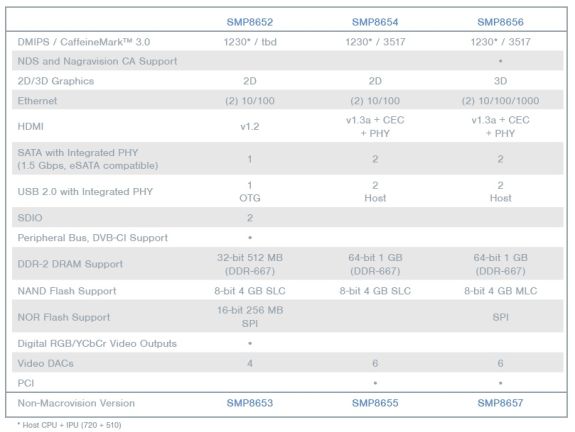
The SMP8654 media processor has 1GB of built in DDR-667, and has interface support beyond the capabilities that it is utilized in WDs implementation. One of those features that would have possibly added value to a device like the WD TV Plus is the SATA IO support. This capability could have possibly been utilized to provide an eSATA interface, allowing further support for Western Digitals HDD products such as the eSATA myDVR expander and other eSATA devices supplied by Western Digital.


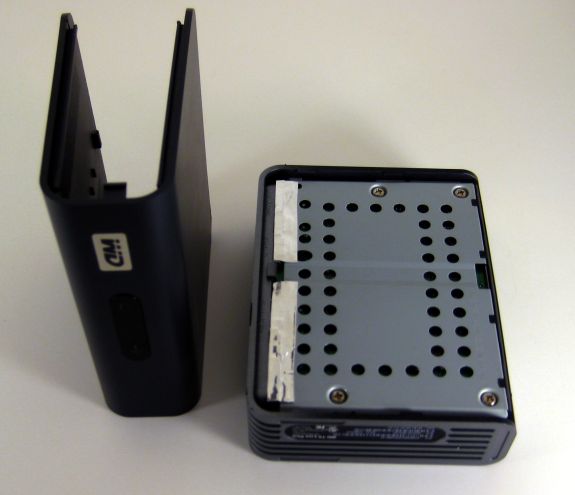
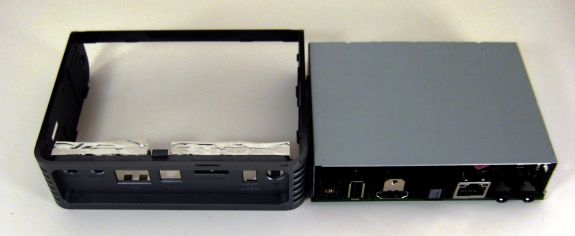
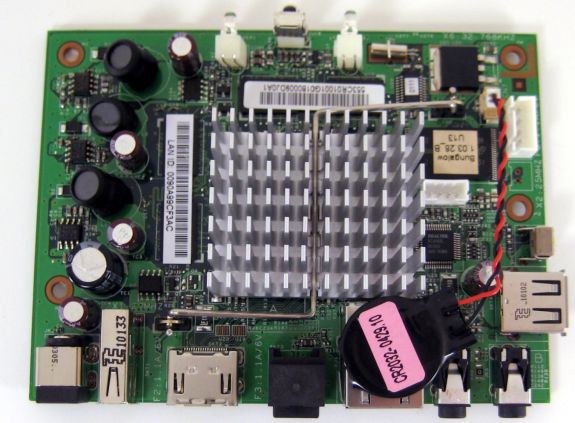
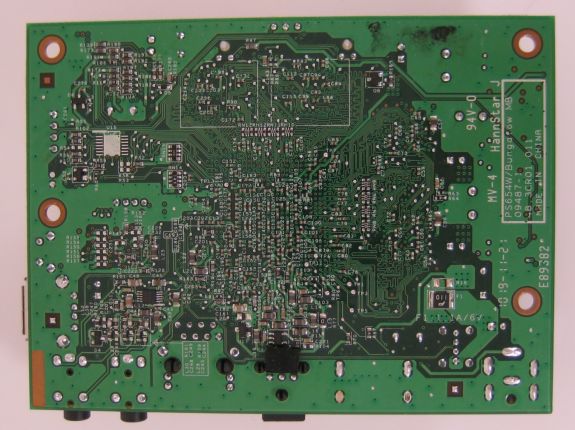
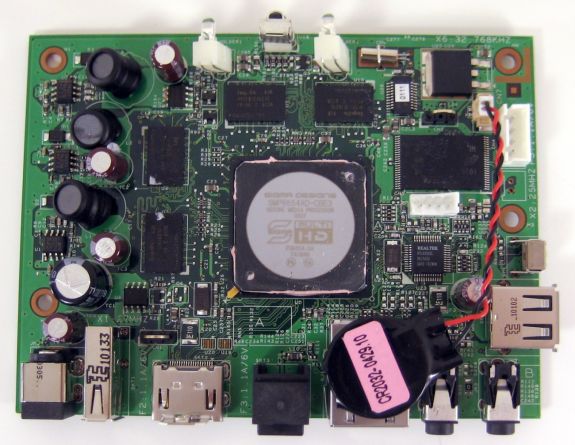
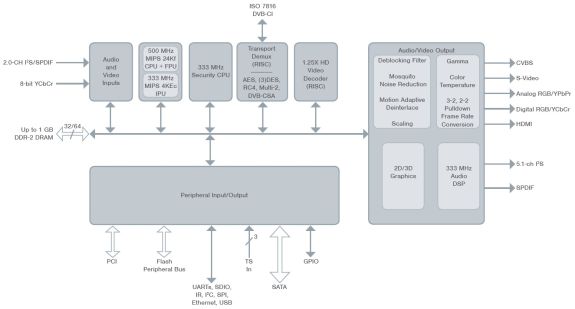








81 Comments
View All Comments
Glendixon - Tuesday, November 5, 2019 - link
Thanks for sharing, I am using Mobdro to watch my favorite shows.Visit here: https://mobdroplus.com/